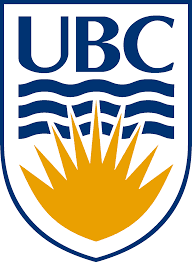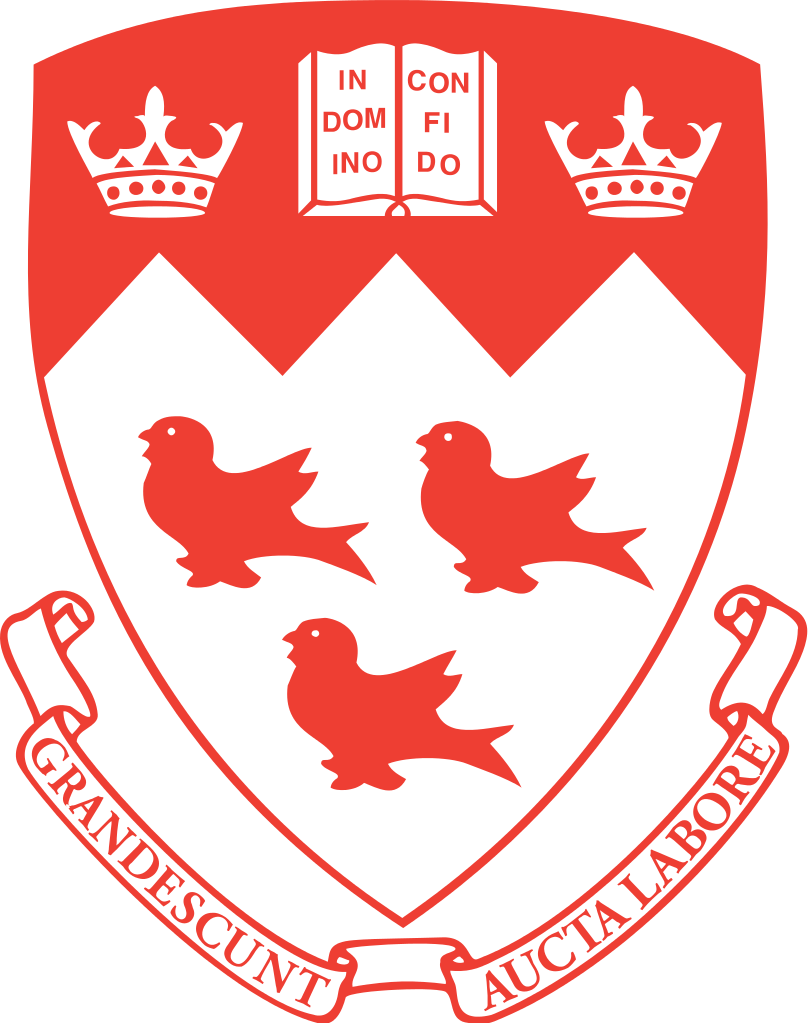Date & Time: Wednesday, March 9th, 2022 @ 2pm ET
Location: Zoom - https://yorku.zoom.us/j/96158707186?pwd=c2taMVA4TDZJMzlBSGpORnFWS3pJdz09
Meeting ID: 961 5870 7186
Passcode: 439954
Charissa Campbell
Charissa Campbell is a 4th year PhD student with the Planetary Volatiles Lab (PVL) under John Moores. She has been a member of the Curiosity rover team since first joining PVL in late-2016. Utilizing onboard cameras she investigated Martian cloud and wind properties through movies. Now she is focussed on determining any atmospheric changes compared to the InSight landing site while also working in the lab on an optical meteorological station for Martian atmospheric studies.
Abstract Title: MAPLE, a Simple Optical Meteorological Station for Mars
Abstract:
Previous missions to Mars have proved that atmospheric aerosols can be analyzed through imagery. In particular, the Phoenix lander successfully studied aerosol properties by utilizing both the camera and onboard lidar. The Mars Atmospheric Panoramic camera and Laser Experiment (MAPLE) will consider any limitations – size, cost, etc. – learned from these missions. Comprising of a panoramic camera, the full sky will be captured minimizing any operational complexity. Multiple low-powered lasers will also be incorporated for the study of aerosol shape and size. MAPLE will also investigate optical depth, wind direction and cloud morphology using similar techniques validated with the Curiosity rover. Data acquired from MAPLE will not only increase our knowledge of the Martian atmosphere but also help validate Martian global climate models.
Keavin Moore
Keavin Moore is a fourth year Ph.D. student in the Earth & Planetary Sciences department at McGill University, working with Nicolas Cowan to model and predict the habitability of Earth-like planets orbiting M-dwarf stars. Previously, Keavin obtained his M.Sc. in Physics & Astronomy from York University in 2017, working with Ray Jayawardhana on circumbinary planets. Keavin hopes his research on habitability will contribute to the exciting and ongoing search for extraterrestrial life.
Abstract Title: Deep-Water Cycling & Loss to Space on M-Earths: From Magma Ocean through Plate Tectonics
Abstract:
Rocky planets orbiting M-dwarf stars are expected to be common in our Galaxy; in fact, M dwarfs are much
more abundant than Sun-like stars, and an orbiting rocky planet would be easier to detect due to the higher contrast
ratio with its host star. However, Earth-like planets orbiting M-dwarf hosts (hereafter, "M-Earths") are susceptible to high rates of water loss to space, due to both the greater stellar activity and tighter orbits. The habitable zone (i.e., the orbital distance at which liquid surface water can exist) will then be much closer than that within the Solar System. Since, to first-order, life as we know it depends on the presence of liquid surface water, we aim to predict the surface water inventories for a variety of potential M-Earths using a coupled model of deep-water cycling and atmospheric loss to space, accounting for the early magma ocean stage -- which may be concurrent with a runaway greenhouse -- through to active plate tectonics, based on modern-day Earth. Since water is highly soluble within the silicate melts of the magma, the timing of both the runaway greenhouse phase and magma ocean solidification are crucial in determining the amount of water lost to space through the atmosphere during the earliest stages of the M-Earth's lifetime. Once the magma ocean solidifies, we assume the M-Earth shifts into a plate-tectonics-driven deep-water cycling mode, with degassing from interior to surface and regassing from surface to mantle; atmospheric loss is ongoing during this stage, but occurs at a much lower rate after the runaway greenhouse stage, as the steam atmosphere mostly condenses into a surface ocean, and less water is available in the upper atmosphere. We also account for a potentially long-lived basal magma ocean, an additional water reservoir that could exist below the solid mantle for Gyrs.
Josh Hedgepeth
Abstract Title: Modeling the Emplacement of Amino Acids in Impact Melt on Titan
Abstract:
In the 2030s, the Dragonfly mission will go to Titan to investigate its prebiotic chemistry and geology. Laboratory experiments have shown that the organics on Titan will produce biomolecules when oxygenated in liquid water. This is why the mission will send a quadcopter that will navigate Titan’s equatorial region, with the goal of reaching Selk crater in search of these biomolecules. Selk offers a prime opportunity for this chemistry to occur in the liquid water melt that forms during impact. Recent work has used HCN as a proxy to constrain how these biomolecules will be trapped within the melt ponds as they freeze. In this work, we seek to determine the final location of the biomolecules that are formed when HCN reacts with liquid water. We use the ice model of Buffo et al. (2020) to study the entrapment of the amino acid glycine in the melt pond. This molecule is chosen because it has been shown to form in Titan simulated environments, and the necessary chemical and thermal properties for glycine in an aqueous solution are available. The amino acid studied here is denser than water, which will lead to more of the amino acid being concentrated in the bottom half of the melt sheet. However, the density difference is small (16%) which suggests the frozen melt sheet will retain some amount of the amino acid in the upper half, similar to that observed with HCN in the lower half (on average, 2.5 parts per thousand.). Further work will consider more complicated mixtures, with experimental work to understand whether impurities will act independently of one another or be driven by the bulk chemical and thermal properties of the melt.







